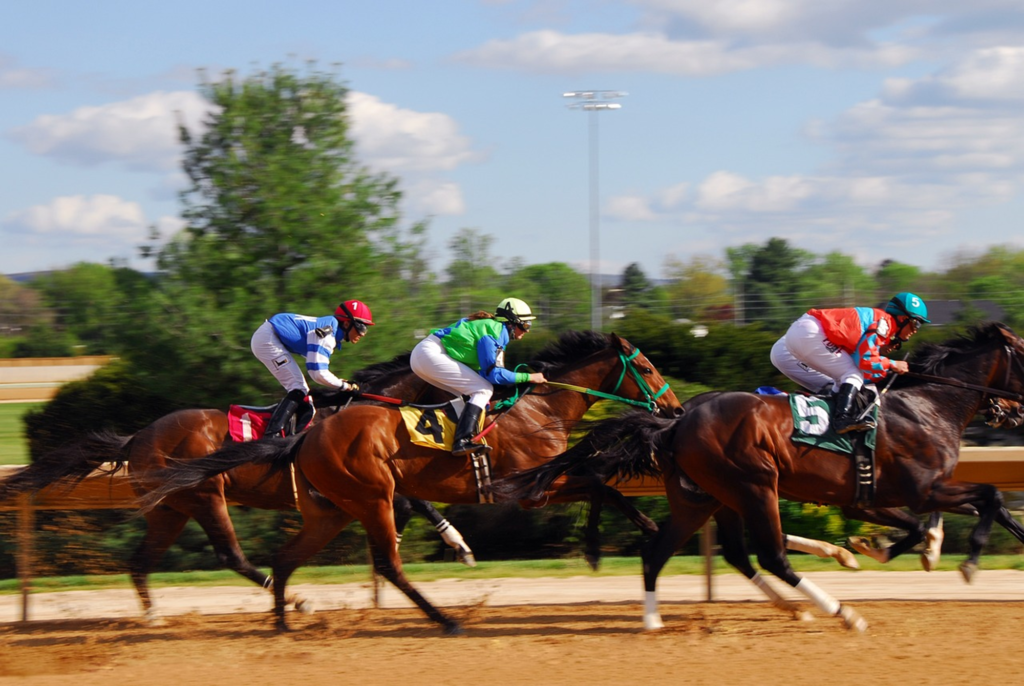Balancing Favorites and Longshots in Your Kentucky Derby Odds Approach

The Kentucky Derby presents one of the most dynamic betting challenges in horse racing. With a field of up to 20 runners, a chaotic pace scenario, and intense public interest, it’s a race where both logical favorites and overlooked longshots can shine. While many bettors lean too far in one direction—either chasing short-priced contenders or swinging for the fences with high-odds horses—the smartest approach often lives somewhere in between. Balancing favorites and longshots requires strategy, discipline, and a clear understanding of how to identify value on both ends of the odds board.
Start with a Clear Understanding of the Field
Before choosing between a short-priced horse or a longshot, you need to evaluate the field in full. The Derby’s large size, combined with varying experience levels and racing styles, means that no horse runs in isolation. Every decision—from pace positioning to post draw—affects the race shape and your betting perspective.
Begin by grouping the contenders based on running style: early speed, stalkers, mid-pack, and closers. Then layer in surface experience, pedigree for distance, and how they performed in their prep races. This creates a framework for identifying which favorites deserve their low odds—and which longshots might outperform expectations.
By building a top-down view of the field, you can avoid betting solely based on odds and instead focus on potential performance. This reduces the risk of fading a strong favorite without justification or backing a longshot with limited upside.
Evaluate Favorites by More Than Reputation
Favorites in the Kentucky Derby attract considerable attention, often based on hype, impressive prep performances, or strong connections. But not every low-odds runner offers good betting value. The key is distinguishing between legitimate favorites and those whose odds have been compressed by public sentiment.
Focus on a favorite’s pace versatility, proven ability at or near the Derby’s 1¼-mile distance, and how they’ve handled traffic or adversity in past starts. Horses that have dominated smaller fields or set uncontested paces may struggle when facing pressure in a 20-horse lineup. Others may excel because they’ve shown the ability to adapt—closing into slow fractions or holding off multiple challengers late.
Only back a favorite when the odds still represent value. A horse at 5-2 that clearly outclasses the field may be worth the price. But if that same horse has glaring questions—about distance, surface, or mental maturity—then the value disappears quickly.
Spot Longshots with Upside, Not Just Price
Longshots draw attention on Derby Day for good reason. From Mine That Bird to Rich Strike, history has shown that horses at 30-1 or higher can win the Derby when the right scenario unfolds. But betting longshots blindly based on odds alone is rarely effective.
Instead, look for longshots with improving form, adaptable running styles, or hidden excuses in their previous races. A wide trip in a prep race or a troubled break can mask a horse’s true ability. Others might benefit from a hot pace or surface change.
Pedigree also plays a role. Horses bred to handle the Derby distance often move forward in this race, especially when their running style suits the race setup. A closer with strong stamina who hasn’t had a chance to stretch out could surprise if the leaders tire late.
Well-rounded longshots with upside are not just filler—they’re potential disruptors that can reshape the entire betting outcome.
Read the Odds Board, Then Reassess
Watching how the public bets on Derby Day provides important insight into market sentiment. The odds board doesn’t just reflect who people like—it shows how confident they are, and where sharp or casual money is flowing. This information helps you adjust your betting strategy in real-time.
Reputable online sportsbooks like FanDuel update odds throughout the day, offering a live view of which horses are gaining momentum and which are drifting. For example, the FanDuel odds can highlight late movement that differs from the track’s tote board, giving bettors an additional reference point before finalizing their wagers.
If a longshot you’ve been tracking holds steady or begins to shorten just before post time, that may confirm your analysis—or at least suggest growing confidence in the selection. If a favorite’s odds plunge well below expectations, consider whether the horse still offers value at that number. Staying aware of odds shifts helps you stay disciplined, especially when emotions start to influence the market.
Build Tickets That Reflect Risk and Reward
Once you’ve identified your top contenders—both short-priced and high-odds—translate your opinion into structured wagers. This is where balance becomes critical. Relying entirely on one type of horse narrows your outcomes and increases exposure to variance.
In vertical bets like exactas, trifectas, and superfectas, anchor your tickets with one or two horses you trust most—often a solid favorite or mid-range contender. Then surround those anchors with value picks and longshots that can finish in the money. If a favorite wins but a longshot finishes second or third, the payout may still exceed expectations.
For horizontal wagers—Pick 3s, Pick 4s, and the Pick 6—spread a little wider in races where longshots have a viable path. In the Derby leg itself, consider using a favorite defensively, while also giving space to one or two price horses who match your scenario analysis.
The goal isn’t to account for every scenario but to align your analysis with a strategy that maintains the potential for a strong return.
Let the Derby’s Chaos Work in Your Favor
The Kentucky Derby rarely unfolds cleanly. Horses break awkwardly, pace battles erupt early, and traffic changes everything. These elements often level the playing field—closing the gap between favorites and longshots.
Your odds strategy should reflect that uncertainty, not ignore it. Favorites provide reliability but limited payout potential. Longshots offer reward, but require a specific setup to succeed. Blending both into your wagers allows you to lean on structure while embracing the Derby’s unpredictability.
When you approach the race with a balanced mindset—not overcommitted to price, reputation, or hype—you open the door to smarter decisions and better outcomes. That’s where long-term success in Derby betting lives: in clarity, structure, and respect for what the odds truly mean.







